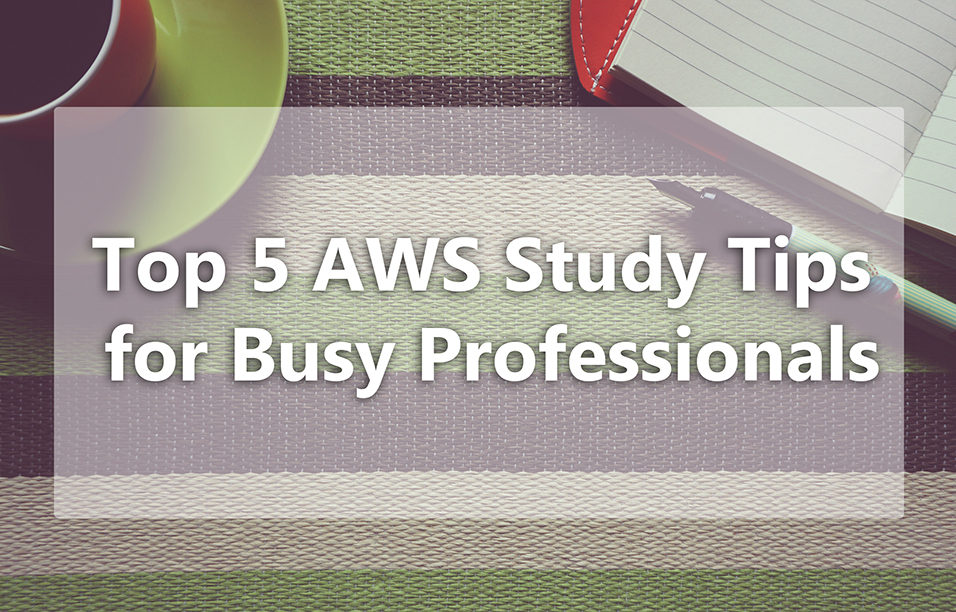Amazon FSx
Jon Bonso2023-06-23T05:59:41+00:00Bookmarks Common Use Cases Storage Migration Limits Security Pricing Amazon FSx Cheat Sheet Amazon FSx is a fully managed third-party file system solution. It uses SSD storage to provide fast performance with low latency. There are four available FSx solutions available in AWS: Amazon FSx for Windows File Server A fully managed native Microsoft Windows file system with full support for the SMB protocol, Windows NTFS, and Microsoft Active Directory (AD) integration. How It Works Common Use Cases File systems that is accessible by multiple users, and can establish permissions at [...]










